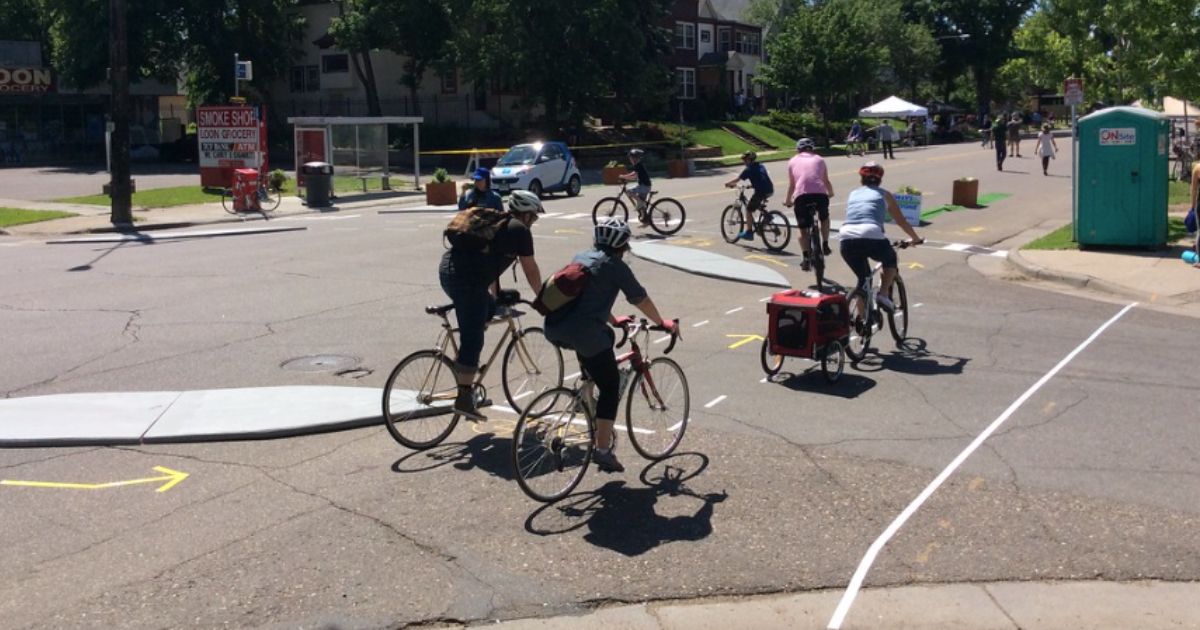
There is something very exciting about acting directly to correct a problem or remedy a disparity. It’s the reason that organizations like Donors Choose, Kickstarter, or Kiva are popular. Bringing transportation to communities, or fixing it, is usually accomplished through the hard work of obtaining funding, creating RFPs (Requests for Proposal), or even just phoning to complain to local members of congress. But sometimes there are opportunities for activism that can directly effect change. The most famous example of this is the Montgomery bus boycott, but every day brings us examples of transportation activism on a smaller scale.
Creative Confrontation
Earlier this summer, activists from NYC’s Riders Alliance protested by dressing as zoo animals to voice their opposition to the blocking of Fordham Road bus lane improvements by the Bronx Zoo and the New York Botanical Gardens. Both institutions opposed new busways, claiming they would deter visitors. But the neighborhood is left with heavy traffic, dangerous intersections, and slow-moving buses spewing fumes. As Riders Alliance spokesperson (and giraffe) Danny Pearlstein noted during the protest, “If [these] institutions want to do right by their neighbors, they should be making every effort to attract their neighbors, including their bus-dependent neighbors who are the majority.”
Constructive Engagement
Citizens can’t always wait for their government to get around to making minor fixes that are impossibly tangled in municipal red tape. Instead, many are turning to Tactical Urbanism to make repairs that benefit pedestrians and mass transit riders. In Chattanooga and in Denton, Texas, local organizations have resorted to repairing and enhancing damaged or incomplete transportation infrastructure themselves. The Chattanooga Urbanist Society has built benches and repaired handrails, relying on donated and scavenged materials. Inspired by their activism, the group Abundance Denton has built benches and placed them throughout the city.
The View from the Agency Side
Often municipal agencies are on the opposite side in these protests, but they aren’t really the enemy. We would do better to blame our car-dependent culture, well-intentioned red tape, and an economy that is damaging to our citizens and our climate. In a post on the Tactical Urbanism subreddit, one city worker provided helpful advice to activists who want to paint over roads and signage, describing the diverse types of paint used, and the likelihood of it lasting on roads. Importantly, this poster urges activists to work with their city so as not to disrupt infrastructure that the city may already be planning to fix.
Photo credit: Pop-up protected bike lane and protected intersection by Nickfalbo
Used under Creative Commons Attribution-ShareAlike 2.0 Generic (CC BY-SA 2.0)